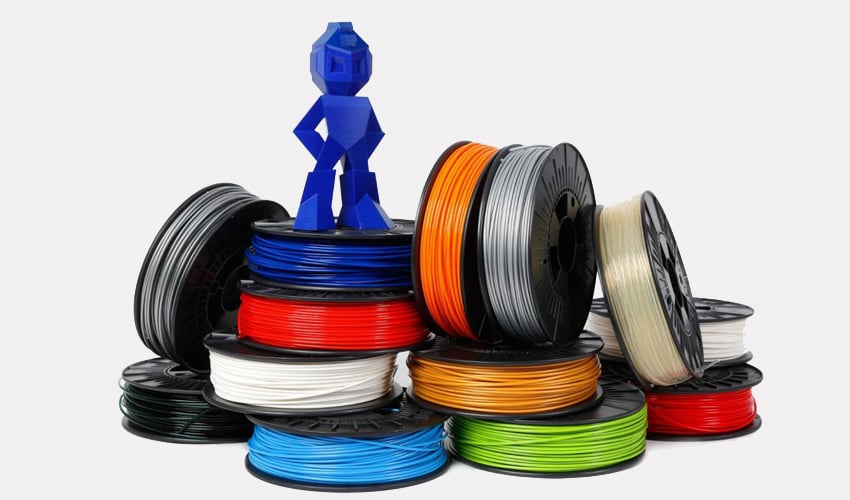
3D or three-dimensional printing is done according to the designs that are created by computerized software CAD. Hence, 3D printers of various sizes are used for commercial and personal productions. Varieties of raw materials are also needed for manufacturing the required end products. Experiments in nanotechnology are also conducted with the application of 3D printing, where materials with specific properties are needed to be purchased.
Few 3D printing materials purchased for lab experiments
Two carbon allotropes, namely graphene and graphyne are looked upon as prominent 3D printing materials in many scientific applications. These substances with a single layer of carbon atoms are stronger than even some materials having multi-layered atomic structures. Many electronic devices and electrical circuits are also manufactured with these two forms of carbon.
Natural carbon and plastic are combined to form carbomorph, which is mainly needed for creating lithium ion batteries and electromagnetic circuits. The high durability of this artificial substance helps scientists in using devices fitted with these batteries and circuits for a long period.
Thin carbon filaments are preferred for various scientific applications, mainly due to the lightweight and high longevity. Thus, scientists cut off these filaments in suitable dimensions, for making devices that they can use in laboratories for many years.
Few eco-friendly materials used in 3D printing widely
Yarns of natural fabrics, like cotton and silk, are biodegradable and friendly to the environment. Therefore, now these fibers are used in creating attractive 3D printed designs on the garments and footwear. Pieces of paper of various dimensions are considered as ideal materials used in 3D printing, as these papers of different colors can be easily molded into desired patterns. Moreover, paper items are no less durable than other materials, as multi-folded layers of papers give high stability to the products. The uses of natural metals, like gold, silver, aluminum, and nickel are also found to be perfectly eco-friendly.
These materials purchased from reliable suppliers can help users in 3D printing of their required products.
